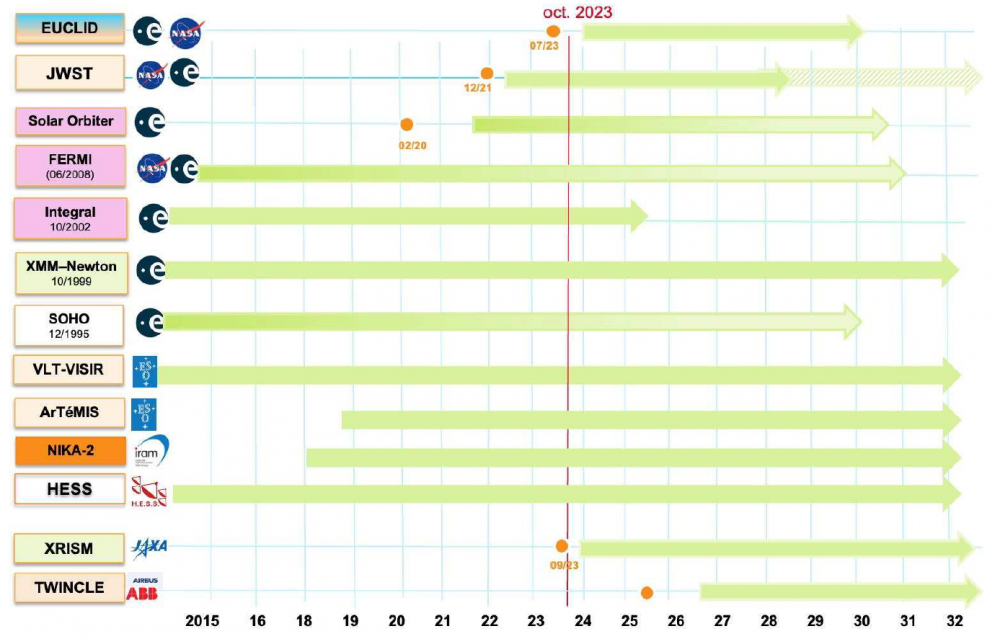Des archives aux bases de donnée. Ce programme, propre au Service d'Astrophysique et UMR AIM, comprend l'ensemble des données résultant des programmes d'observations, des projets de simulations ou d'instrumentation. From archives to databases. This research program of the Astrophyscis Division and UMR AIM, consists of all the data resulting from observing programs, simulation projets or instrumentation.
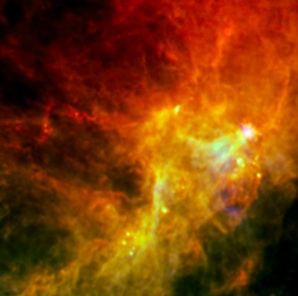
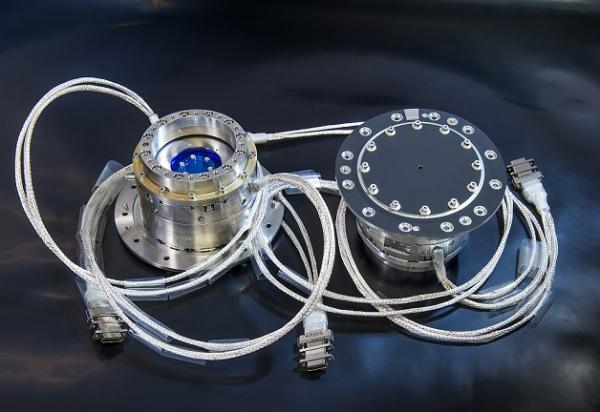
Development and integration platform for astrophysics
The development and construction of space instruments is one of the strengths of the astrophysics department.
AIM hosts a wide range of research themes developed within thematic teams. All teams are strongly involved in national and international collaborations. Cosmology and Galaxy Evolution (LCEG) The "Cosmology and Galaxy Evolution" team at AIM focuses on studying the formation, evolution, and physical properties of large cosmological structures, galaxy clusters, galaxies themselves, and their internal structures, down to the scales of star formation processes.
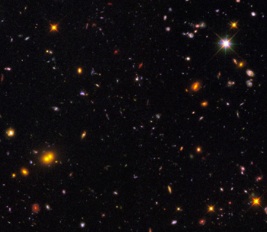
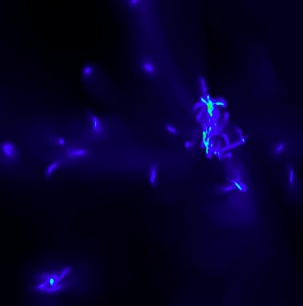
Du calcul à la simulation numérique. Ce programme, propre au Service d'Astrophysique et UMR AIM, comprend l'ensemble des projets en théorie et modélisation. From calculation to numerical simulation. This research program of the Astrophyscis Division and UMR AIM, consists of all the theoretical and modelisation project.
Detectors for both infinite physics
In the fields of instrumentation, Irfu's teams carry out the necessary instruments to see through its research in subatomic physics, astrophysics and cosmology. From the mechanical design of detectors to the realization and characterization of prototypes, and finally the integration and testing of final detectors, there are numerous expertises such as microstructured gas detectors, imagers and space spectro-imagers in different wavelengths (gammas, X, visible, infrared and submillimetre waves).

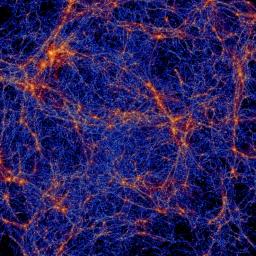
Evolution of the large structures and galaxies
Today our Universe is made up of stars, galaxies, clusters of galaxies but also huge voids. Yet when it was born over 13 billion years ago, matter was evenly distributed. To understand the physical mechanisms responsible for this scenario, we need to trace the history of galaxies and their clustering by combining the three pillars which are observations, theoretical data modelling and numerical simulations.
Galaxy formation and evolution
Observational Cosmology has reached an important turning point. After years of seeking the parameters that govern the evolution of the Universe, there seems to be increasing consensus in acknowledging the dominant influence of dark matter on baryons and that of dark energy on dark matter.
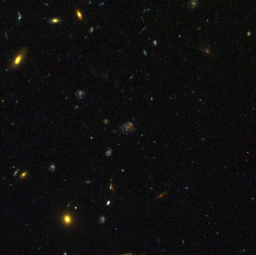

Planets, star's formation and dynamics, interstellar medium
We are studying how stars work, the Sun first of all. We have deepened our knowledge of the Sun via helioseismology observations (discovery of global gravity modes with SOHO-GOLF (Garcia et al., Science 316, 1591 (2007)) and large magneto-hydrodynamics simulations on massively parallel computers (Brun et al. ApJ, 742, 79).
The most intriguing development in modern cosmology is to realise that the better part of the Universe is essentially of unknown nature. This conclusion relies on two types of observations. The first one is the indirect evidence since decades of the presence of a large quantity of invisible matter, called dark matter, whose gravitational influence spans all cosmic scales, from galaxy to clusters of galaxies, and the whole Universe.

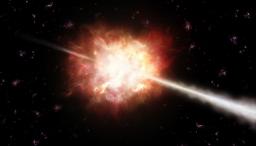
High energy cosmic phenomena and astroparticles
At high energies, the violent phenomena of the Universe are linked to the production of radiation and particles such as X-rays, gamma rays, subatomic particles of all types (charged particles, neutrinos, etc.) and to the extreme th gravitational radiation. The aim of studying this radiation is to understand what mechanisms are capable of producing the acceleration of galactic and extragalactic particles within compact objects and their environment.
The AIM instrumentation team oversees the development of cutting-edge spectro-imaging instruments for space missions. Their activities encompass the overall management of instruments, the design and development of systems or subsystems (notably focal planes and their electronics), as well as the assembly, integration, verification, and testing of the developed systems. The team also conducts R&D research, particularly on new detectors.
